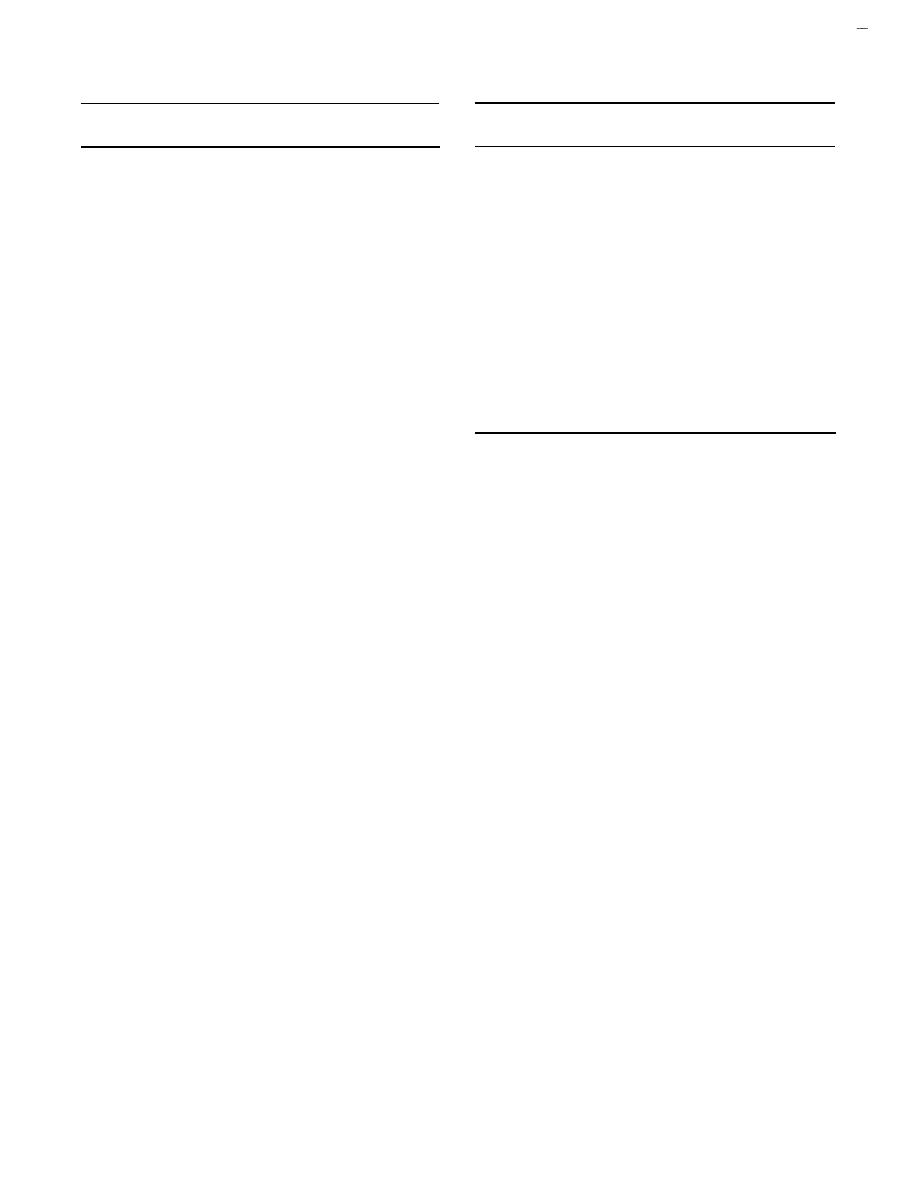

Custom Search
|
|

|
||
 TM 5-685/NAVFAC MO-912
Table 3-5. Diesel engines troubleshooting---Continued
Table 3-5. Diesel engines troubleshooting-Continued
ENGINE RUNNING TOO HOT
ENGINE QUITS
Remedy
Cause
Remedy
Cause
Low coolant level. Air
Refer to appendix D.
High exhaust back
Check exhaust system and correct as required.
in system.
pressure turbocharger.
ENGINE KNOCKS
Make sure shut-off is open and supply is at
Fuel shut-off closed,
proper level.
low supply of fuel.
Replenish fuel supply with fresh, proper quality
Poor quality fuel.
Replenish fuel supply with fresh, proper quality
fuel.
Poor quality fuel.
fuel.
Air leaks in fuel suc-
Check fuel suction lines and correct as re-
quired.
tion lines.
Faulty injector.
Clean all injectors, refer to appendix G.
ENGINE SURGES AT GOVERNED SPEED
Engine overloaded.
Reduce load to proper level.
Air leaks in fuel suc-
Check fuel suction lines and correct as re-
Engine running too
Repeat the procedures for "too hot", above.
tion lines.
quired.
hot.
Faulty injector.
Clean all injectors, refer to appendix G.
Correct as required, refer to manufacturer's
Faulty vibration
damper or flywheel.
instructions.
Leaks in oil system.
Check for oil leaks, check oil lines, check
crankcase drain plug and gasket; correct as re-
Engine due for over-
Schedule the overhaul and correct as required.
quired.
haul.
Schedule the overhaul and correct as required.
Engine due for over-
3-12. Operational trends and engine over-
haul.
Piston rings or cylinder liners may be worn.
haul.
SLUDGE IN CRANKCASE
a. Trending data. Usually, a graphic presentation
Fouled lubricating oil
Check strainers and filters, remove and service
of data simplifies detection of a trend toward dete-
as required, reinstall on engine with new gas-
strainer or filter.
riorating engine performance. Samples of graphic
kets.
aids are shown in figures 3-17 and 3-18. These
Check coolant thermostats, engine may be too
Faulty thermostat.
include plots of fuel and lubricating oil consumption
cool.
versus electric load (power production), monthly
Drain old oil, service strainers and filters, refill
Dirty lubricating oil.
pressure checks (engine parameters), and mainte-
__
with fresh oil.
nance data showing cylinder wear and crankshaft
LUBRICATING OIL DILUTED
deflection. Interpretation of data and details are
provided in the specific engine manufacturer's lit-
Fuel in lubricating oil.
Check for loose injector inlet or drain connec-
tion; correct as required. Drain old oil, service
erature. These kinds of data aid in developing crite-
strainers and filters, refill with fresh oil.
ria for equipment performance and determining the
need for engine overhaul or other repair.
Coolant in lubricating
Check for internal coolant leaks. Correct as
oil.
required. Drain old oil, service strainers and
(1) Samples of information appearing in figure
filters, refill with fresh oil.
3-17 are as follows:
(a) "A" on the chart may indicate lack of op-
LOW LUBRICATING OIL PRESSURE
erating hours.
Faulty oil line, suction
Check oil lines for good condition, fill to
(b) "B" on the chart may indicate a peak
line restricted, low oil
proper oil level with fresh oil.
value or seasonal characteristic.
level.
(c) "C" on the chart may indicate the result of
Engine due for over-
Schedule the overhaul and correct as required.
frequent starts or stops. "D" on the chart indicates a
haul.
Piston rings, crankshaft bearings, or cylinder
steady improvement.
liners may be worn.
(d) "E" on the chart shows lubricating oil
ENGINE RUNNING TOO HOT
consumption. The steady decline at "F" may indi-
Check exhaust system and turbocharger; correct
High exhaust back
cate a developing engine problem (i.e., oil control
pressure.
as required.
ring failure, lube oil leakage into combustion areas,
Faulty thermostat.
Check coolant thermostats; correct as required.
or excessive oil feed).
(2) Samples of information appearing in part A
Low lubricating oil
Fill to proper level with fresh oil.
level.
of figure 3-18 are as follows:
(a) "A" on the chart may indicate faulty fuel
Reduce load to proper level.
Engine overload.
injectors, or deviations in fuel timing.
Faulty cooling system Check components; correct as required. Fill
(b) "B" on the chart (sharp rise in compres-
cooling system to proper level with coolant.
component (pump,
sion) can be caused by carbon build up or may indi-
hose, radiator fan belt).
cate new piston rings were installed.
3-24
|
 |
|
 |
||